If you love a sprawling, epic tale, you may already know The Hero’s Journey plot structure. Yet did you know you can also use this structure to write short stories that pack meaningful and exciting changes into smaller forms?
Learn how with help from Plottr’s the Hero’s Journey Short Story template.
What is the Hero’s Journey Short Story Plot Structure?
The Hero’s Journey plot structure is based on the writing of Joseph Campbell, a Professor of Literature at Sarah Lawrence College who worked in comparative mythology and religion.
Campbell noticed that many myths and legends followed a similar pattern of action, where a heroic protagonist sets out, has transformative experiences, and returns home.
In this plot structure, also known as the “monomyth,” the story starts in the protagonist’s “Ordinary World” but something happens to draw (or force) them beyond its confines. The hero goes through trials, errors, and setbacks, yet eventually triumphs to return, changed.
Although The Hero’s Journey works well for novel-length books and series, it also helps you write shorter stories that give complete journeys in miniature.
So, why use the Hero’s Journey Short Story plot structure?
3 Ways the Hero’s Journey Short Story Template Will Help You
Why use the Hero’s Journey Short Story template? This short story template will help you write tales that:
Build a Dynamic Sense of Change
The Hero’s Journey takes a protagonist and thrusts them into a world that is unfamiliar. If this ‘fish out of water’ scenario wasn’t enough tension already, there are trials, setbacks, and moments where all seems lost.
Planning short stories around this flexible plot structure will help you find the close swerves and steep learning curves that make great stories exciting.
Give Short Stories Succinct Character Arcs
A novel gives you several chapters to show and develop who your characters are.
In a short story, you may have mere paragraphs to devote to character development instead. Yet the Hero’s Journey makes it easier to condense interesting character arcs into a shorter time-frame.
Ten, focused beats (which we explore below) help you to chart out a process of enthralling discovery, condensed.
Create Gripping High and Low Points
Memorable short stories have high and low points, much like great novels do.
For example, in Dorris Lessing’s story “Through the Tunnel,” a boy obeys the call to adventure to investigate the rocks on a beach a little way away from where his mother is sunbathing.
There is a high as the boy discovers fledgling independence and a tunnel through the rocks that leads to the open sea. Then a low as the protagonist nearly drowns by bravely attempting to swim said tunnel.
The hero’s journey is fraught with trials and setbacks. We see the boy try a variety of approaches until he finally triumphs over the unknown.
The Hero’s Journey helps you create those “almost made it through” and “almost didn’t make it” moments along the journey.
If you’re looking for a structure that better suits stories with ambiguous endings or a more literary style, try the character in a situation short story.
Explore the Hero’s Journey Short Story Template in Plottr
Ready to write short stories driven by calls to adventure? Let’s explore the Hero’s Journey Short Story plot structure:
The Ordinary World
This section introduces the hero (or heroine) and their everyday world. The hero has a well-defined need or want, but there is something specific preventing them from acquiring it.
Inciting Incident
Something happens to disturb the status quo, revealing obstacles that the hero must face.
Hero’s Response
The hero might vacillate for a short time while they weigh what accepting the call to adventure will mean for them, but ultimately, the Hero accepts the call and enters a new, strange, and intensely unfamiliar situation/world.
Trial and Error
The hero enters the new world and tries to attain their goal, to meet the need revealed at the beginning of the story.
They fail, perhaps spectacularly or humorously. Even though the hero failed, they succeed in either gaining an ally or learning new information.
This is a place to show that your character will not give up no matter what and continues to grow.
Midpoint/Point of No Return
The hero tries to defeat the obstacle that is preventing them from getting what they need.
- If the hero succeeds, then there should be a twist. The person/thing they thought was the Big Bad or the problem they thought they were facing isn’t the real issue. Reveal the true Big Bad or problem
- If the hero fails, raise the stakes. Perhaps they lose an ally, become injured in battle, or lose an important item/artifact. Reveal the weakness that caused the hero to lose this battle. Reveal the real need or want of the hero and show how the current conflict sets those things against each other
Setback
At this point, it seems our hero has failed. They try to go back to the status quo but realize that’s not possible.
This is a good time for reflection or perhaps the hero reaches rock bottom and is energized to fight their way out of it.
Acceptance
The Hero accepts their fate and trains or otherwise works on removing what is keeping them from reaching their goal.
Their weakness is usually internal, but they are getting it under control. Make sure your readers know how the hero plans to defeat what is preventing them from reaching their goal and solving their problem.
Show the hero accepting their failure and acquiring what they need to move forward – this can be an object, knowledge, new abilities, or reconciliation.
Suggest how this acceptance and acquisition of new knowledge and training will play a key role in the hero’s plan. Allow a moment for the hero to celebrate and perhaps reflect back on all they have been through to get to this point.
All is Lost
The one thing that absolutely can’t fail for the plan to work does fail. All hope is lost. It appears the hero will never be able to solve the problem or defeat their enemy.
But wait, all hope is not lost. It’s an incredible long shot, but there is a potential way the Hero’s plan could work.
- Allow the hero to fail and sit in the moment when all is lost before they glimpse the way forward
- Allow the reader and the hero to believe there is no way to solve the problem
- Re-confirm the danger and urgency of the mission – this is where the stakes and tension are at their highest
- Create an unexpected turn or twist in the story and surprise the reader. Make clear how these events lead toward the climax and final confrontation
Final Attack
It is essential that the hero acts immediately. It is now much harder for the hero to succeed than it was at the mid-point, and the stakes are much higher.
Something spectacularly improbable yet plausible happens, and the hero must execute their plan. Here, they will either triumph over whatever was keeping them from attaining their goal or suffer a final defeat.
- Dramatize the final battle. Show how the hero is victorious or defeated using what they have learned along the way
- Show how the final battle changes the hero and reveals their strengths and weaknesses and how they have changed
- Reveal any sacrifices the hero will have to make to achieve their goal
- Ready the hero to return to the ordinary world
Wrap Up
Have the hero say goodbye to their allies and return to the ordinary world. Show how the ordinary world has been transformed because of their journey and how the hero has also changed.
The hero can be successful or not, and they may not willingly return to the ordinary world. If not, provide a good motive for them to reluctantly return, such as being chased back or to care for someone they were forced to leave behind.
- Show the hero’s return home and reveal how they are different
- Highlight the hero’s growth, the reasons for the journey, and their new hope (if the story ends well for them)
- Show how they have achieved their goal or met their needs and how that has changed the world
- Resolve any story threads and wrap up any loose ends
Example of the Hero’s Journey Short Story Template in Plottr
Let’s explore this plot structure through Dorris Lessing’s story “Through the Tunnel.”
The Ordinary World
The story introduces a boy named Jerry on holiday with his mother. It’s implied Jerry’s mom keeps him close as she’s a widow and possibly fears losing him.
Inciting Incident
While Jerry and his mother are at the beach on vacation, the boy sees some rocks on a wilder part of the beach that he wants to explore.
Hero’s Response
Jerry, feeling a mix of curiosity and contrition, convinces his mother to let him explore the rocky bay instead of staying at the usual, less wild beach.
Despite his initial hesitation and the comfort of his mother’s presence, he ultimately chooses to venture into this new, wild environment.
Trial and Error
Jerry, determined to fit in with local boys he meets while swimming in the new part of the bay, begins to practice holding his breath and diving underwater.
He watches the boys swim through a tunnel in the rock and becomes fixated on achieving the same feat. Initially, he struggles to find the tunnel entrance and fails to hold his breath long enough.
Midpoint/Point of No Return
Jerry, having trained extensively and built up his lung capacity, decides it’s time to attempt swimming through the underwater tunnel.
This is his point of no return, where he is fully committed to overcoming the obstacle that has been preventing him from feeling accomplished and independent.
Setback
After numerous attempts and rigorous training, Jerry finally increases his breath-holding capacity. However, just two days before he and his mother are set to leave, Jerry pushes himself too hard, leading to a severe nosebleed and dizziness.
Acceptance
Jerry, despite experiencing severe nosebleeds and physical exhaustion, decides that he cannot leave without conquering the tunnel.
He realizes that his struggle is not just physical but also mental, and he must overcome his fear and self-doubt. He accepts his previous failures as part of his journey and understands that his real challenge is within himself.
All is Lost
Jerry, fully committed and ready, makes his final attempt to swim through the underwater tunnel.
As he navigates the narrow, dark passage, he experiences intense physical pain and fear. The sharp rocks scrape against him, and his lungs begin to burn from the lack of oxygen.
In the suffocating darkness, he loses his sense of direction and feels the pressing weight of the rock above him. He begins to panic, thinking he might die there, trapped underwater.
At this moment, all hope seems lost. Jerry’s lungs are on the verge of bursting, and he fears he won’t make it out alive.
Final Attack
In the final moments, Jerry sees the light at the end of the tunnel. His body is at its limit, and he feels like he might not make it, but he summons the last of his strength and pushes through.
He emerges from the tunnel into the open sea, gasping for air, his face bloody from the strain. The pain and fear have taken their toll, but he has triumphed.
Wrap Up
When Jerry returns to the villa, he finds his mother, who is concerned about his pale appearance and the bump on his head. Despite her worry, she refrains from fussing over him, recognizing his need for independence.
Jerry, now more mature, reassures her and casually mentions his new achievement of holding his breath for over two minutes. His mother, although still protective, senses the change in him and respects his newfound confidence.
Jerry’s ordinary world has also changed.
The beach and the villa, once places of safety and familiarity, now represent the starting points of his journey toward self-discovery.
Keep reading to learn how to use the Hero’s Journey Short Story template in Plottr.
How To Use the Hero’s Journey Short Story Template in Plottr
Now that we’ve explored the thirst for adventure as a catalyst for personal growth, let’s explore the Hero’s Journey Short Story template in Plottr:
First, make sure you have Plottr installed or get started with a free sixty-day trial.
- Step 1: From the Plottr Dashboard, select Create From Template
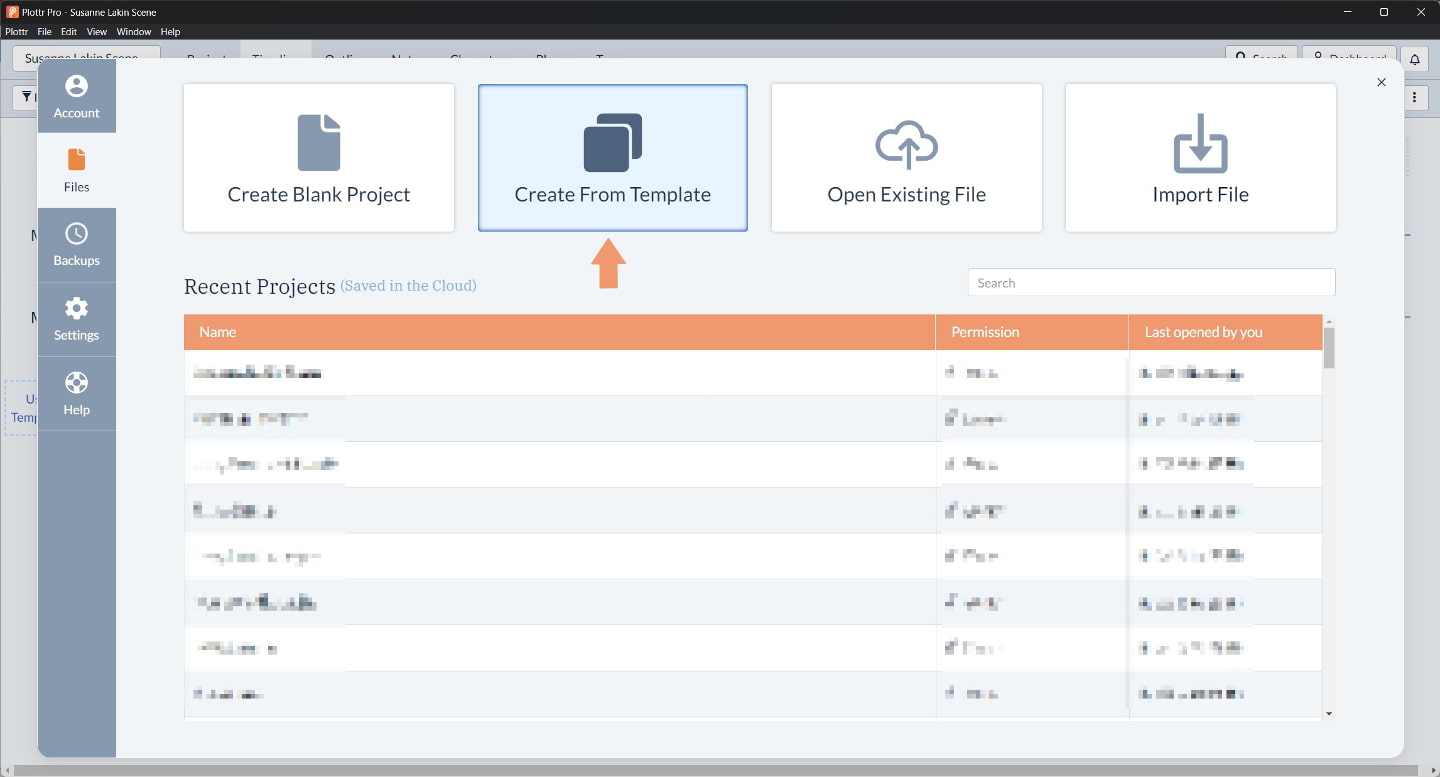
- Step 2: Select the Hero’s Journey Short Story template from the sidebar. Then click on Create New Project
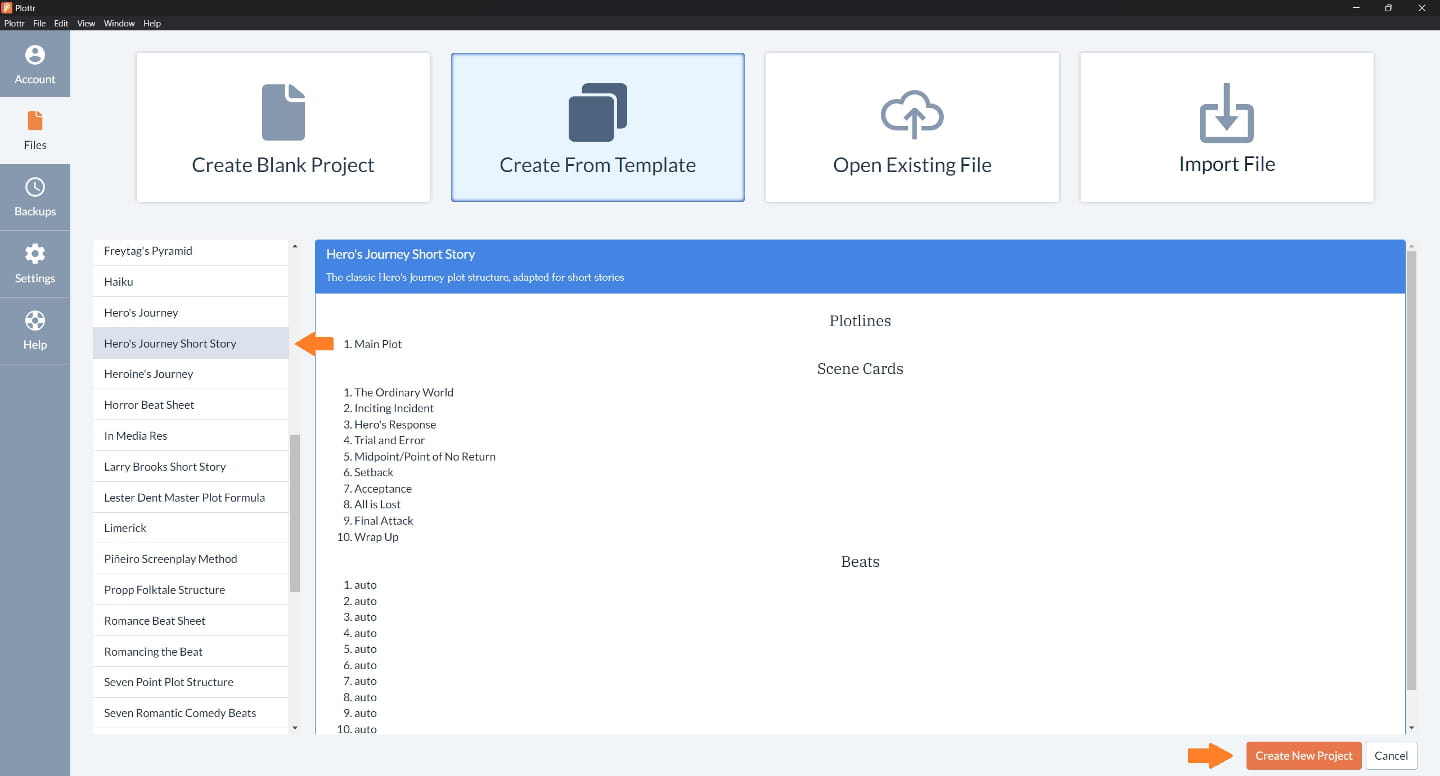
- Step 3: Give your project a name. The name will be included on your list of projects so you can return to it at any time
- Step 4: The template will open in Timeline view
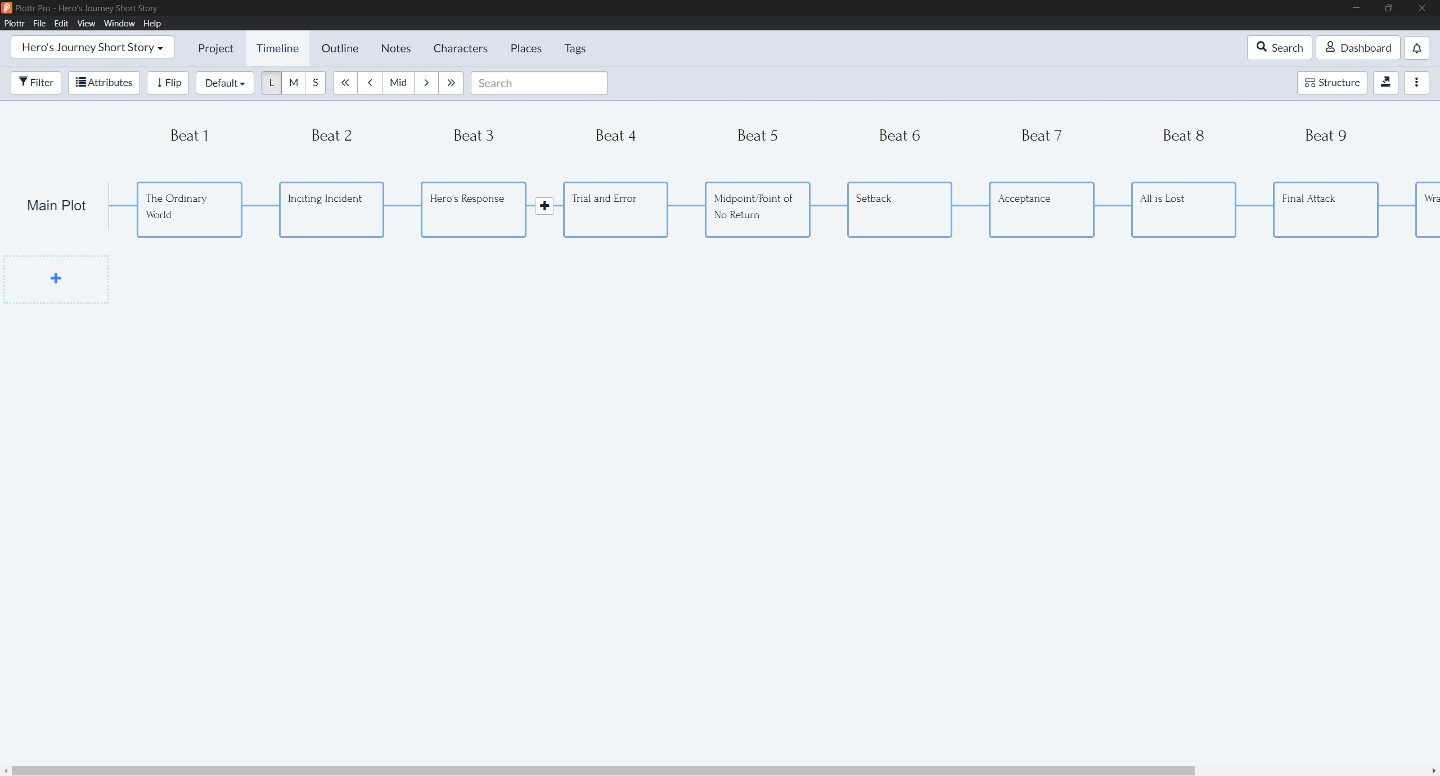
- Step 5: Open any scene card to start adding your ideas! You can save the guideline text to refer to, or delete and replace it
-OR-
In an existing timeline, hover over the plus button to add another plot line. On the left side of the box, choose Use Template. Select Hero’s Journey Short Story, and the template will be inserted into your timeline.
You could combine this short story template with others (or give each a try separately to see which works best for you):
- Character in a Situation Short Story
- Foolproof Pulp Formula
- Larry Brooks Short Story
Ready to Write Memorable Shorts?
Get started with the Hero’s Journey Short Story template now with a free Plottr trial. Or see Plottr plans and pricing. What are some of your favorite short stories? Share in the comments below!
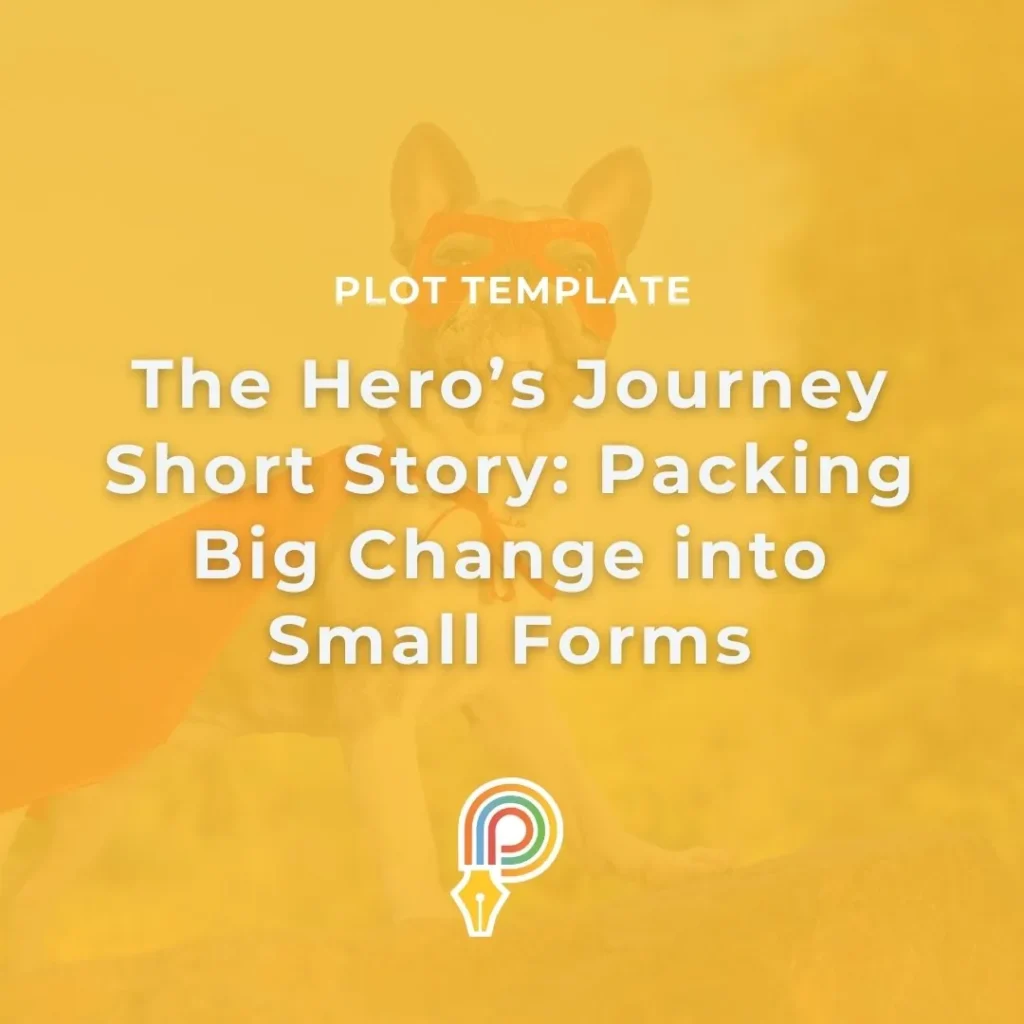





Comments